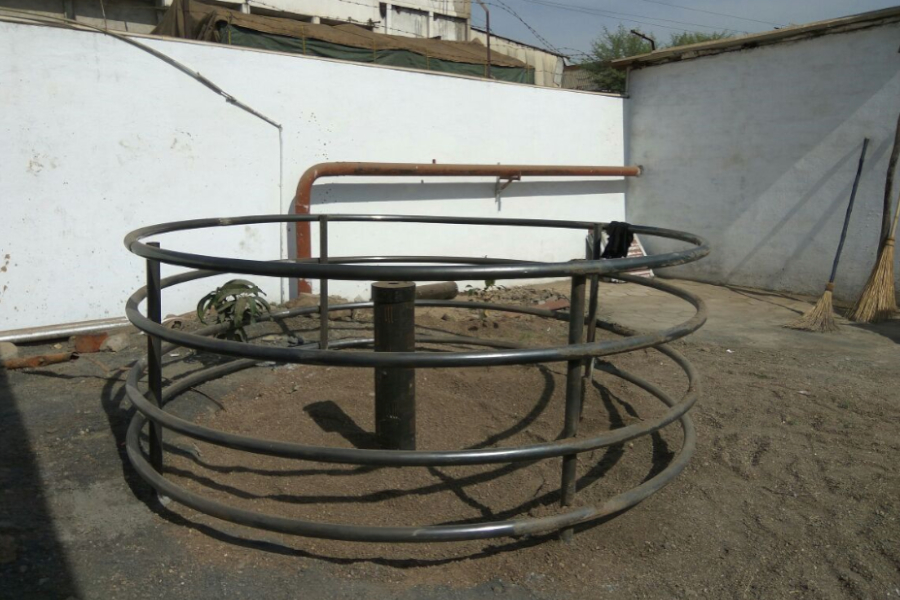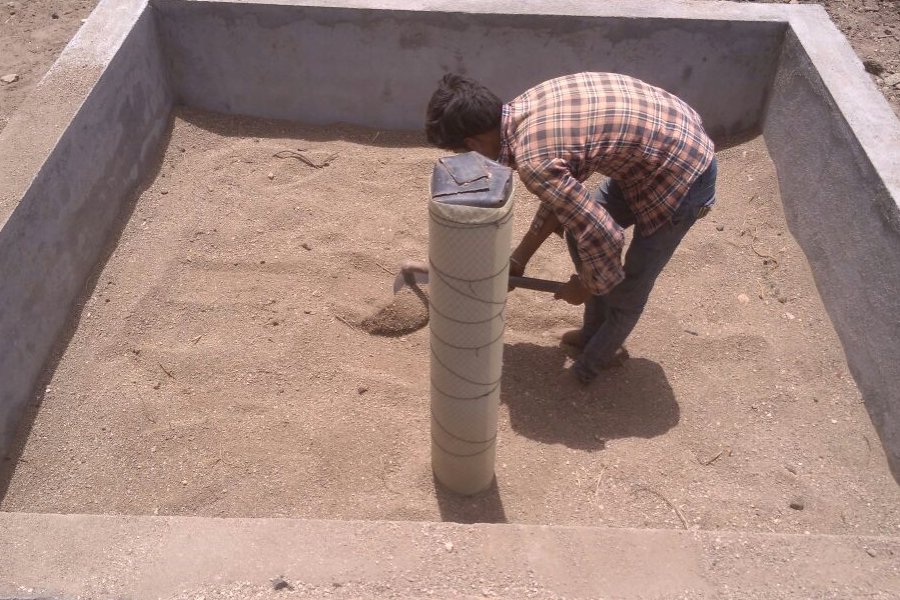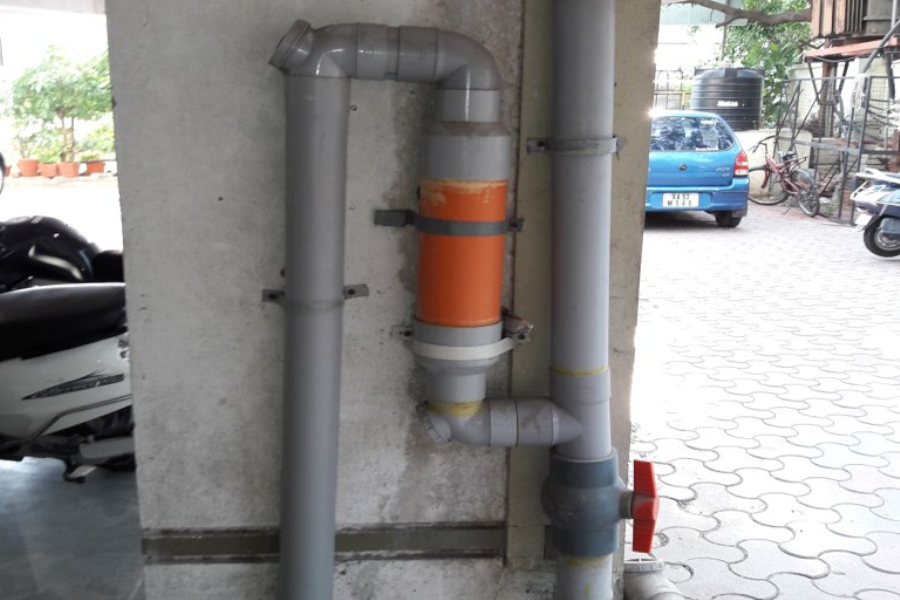What is rainwater harvesting?
Rainwater harvesting is a technique implemented to store rainwater in vessels , drums for future use
How rainwater harvesting can help recharge Borewell ?
Rainwater harvesting techniques can be implemented to recharge underground water and to overcome groundwater depletion and increase life of borewell drilled within a premises
At bhoojal Survey we have Successfully Implemented rainwater harvesting to overcome Groundwater depletion and provide benefits by recharging underground water
Types of rainwater harvesting methods -:
- Shaft borewell Structure
- Roof top Rainwater harvesting
At bhoojal survey we provide all types of solution for effectively harvesting rainwater as per Client requiremen
What is Shaft borewell Structure ?
When catchment area is huge i.e acres of land which can be in form of paved /unpaved / Road. We recommend Shaft borewell structure for rainwater harvesting purposes
Implementation Process -
- 1. Hydrogeological and geophysical survey is conducted to locate potential Water bearing zones for recharging purposes. ( Rainwater harvesting Survey )
- 2. Shaft borewell is drilled upto the required depth and Slots are made in upper casing for water infiltration purposes
- 3. Excavation around borewell in form of pit is made and filled with Bricks , Coal , Gravel for filtration purposes
- 4. Silting chamber is created incase required
Bhoojal team has successfully implemented Rainwater harvesting using shaft borewell structure also known as injection borewell structure for many Infrastructure and Industrial projects
We have accomplished a goal of creating more than 1000 Structures across india for recharging groundwater to overcome groundwater depletion


What is Roof top Rainwater harvesting?
Roof top rainwater harvesting is implemented for small catchment area i.e. Roof / Shed of houses and building
Rainwater from roof is diverted towards borewell structure using U-trough and PVC Pipe.
A horizontal filter is installed to remove dust sand particle and filtered water is injected inside borewell or to a structure created near borewell for recharging purposes

Frequently Asked Questions
Why is rainwater harvesting important?
- Reduces demand on existing water supply systems.
- Provides an alternative water source during droughts.
- Reduces runoff and erosion.
- Helps in groundwater recharge.
- Is environmentally friendly and sustainable.
How does rainwater harvesting work?
- A catchment area (usually a roof).
- Gutters and downspouts to direct the water.
- Filters to remove debris.
- Storage tanks or cisterns to hold the water.
Is rainwater safe to drink?
Rainwater can be safe to drink if properly collected and treated. It should be filtered and disinfected to remove contaminants. It is advisable to have the water tested regularly to ensure its safety.
Are there any regulations or permits required for rainwater harvesting?
Regulations vary by location. Some places encourage rainwater harvesting and offer incentives, while others have restrictions. It is important to check with local authorities regarding permits and guidelines.
Can rainwater harvesting help with stormwater management?
Yes, rainwater harvesting can significantly reduce stormwater runoff, thereby decreasing the risk of flooding and erosion. It helps manage stormwater sustainably by capturing and reusing i
What are the costs associated with rainwater harvesting systems?
Costs vary depending on the system’s complexity and size. Basic systems can be relatively inexpensive, while larger, more sophisticated systems can be costly. Consider both initial setup costs and long-term maintenance expenses.



















